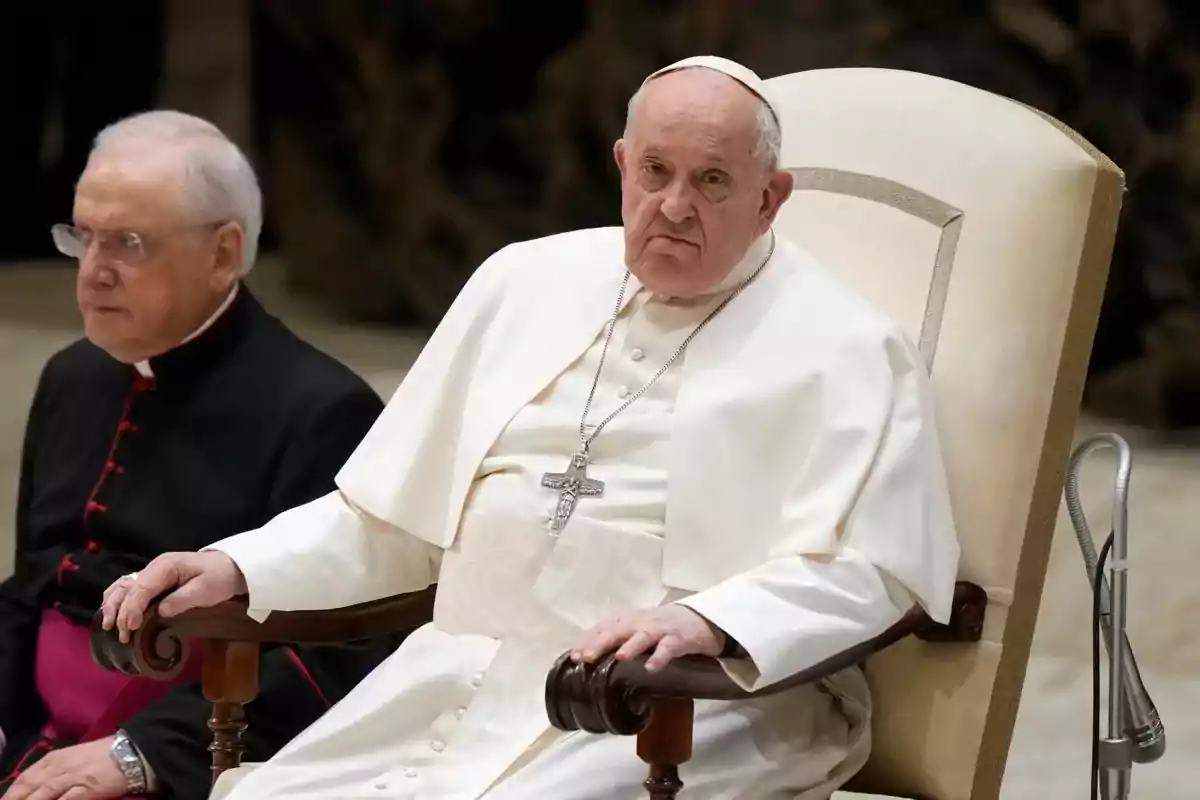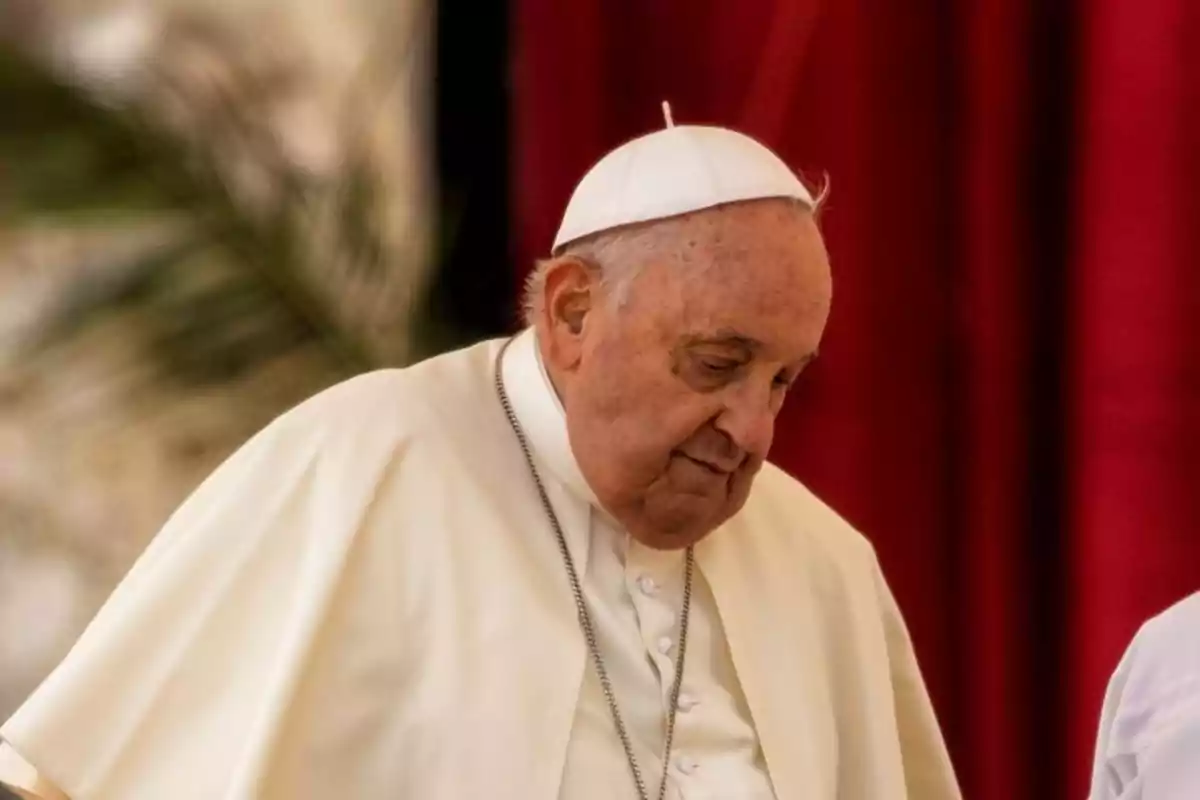
This Will Be Pope Francis's Low-Cost Funeral
The Pontiff Left in Writing the Striking Changes in His Funeral
The death of Pope Francis, at 88 years old, has been unexpected. Although his health was delicate and concerning, almost no one imagined that the worst could happen so soon. In fact, just yesterday he appeared in public at the Vatican.
He greeted the faithful during Easter Sunday. The news has left the Catholic community in shock. Now, the focus is on his farewell and the next steps the Holy See will take to appoint his successor.

Even so, Francis had already left instructions on how his funeral should be.
A More Humble and Less Traditional Farewell
Talking about one's own death is not easy. However, Pope Francis left everything prepared.
He wanted a simpler funeral than previous ones. He considered that many aspects of papal funerals were too ostentatious.
That's why he requested to minimize the most ceremonial elements. He wanted a dignified but sober rite, like that of any Christian.

In his farewell, there will be no body displayed on the catafalque in St. Peter's Basilica. Nor will there be a wake reserved for high ecclesiastical officials. There will be a single wake, open to the public.
His wishes were put in writing weeks before. His body will be placed in an open wooden coffin in the Vatican basilica. The casket will be closed just before the funeral mass.
Francis also requested to be buried in the Basilica of Santa Maria Maggiore. He had a special attachment to this place. There is the icon of the "Salus Populi Romani," to which he had a great devotion.
For that reason, he decided not to rest in the Vatican crypt. The papal seat will be vacant once the burial is held. Then preparations will begin to choose the new Pontiff.
Then, the cardinals will meet in Conclave. When there is a new Pope, he will be presented from the central balcony of St. Peter's Basilica.
The Protocol Is Strict and Full of Tradition
The death of the Pope activates a highly regulated process. Everything follows a series of defined steps. The first procedure is to certify his death.
Only the chief of staff can officially announce it with the phrase: "Vere Papa mortuus est." That is, "the Pope is really dead."
Additionally, a doctor must confirm the pontiff's death. This was not always the case in the past. Then, the chief of staff has another symbolic task: to close and seal his room and office.
This gesture has an ancient origin. It served to prevent theft or tampering.
Once these rituals are completed, and the funeral is celebrated according to his wishes, the decisive stage begins: choosing the new Pope.
Only twice in modern history has a pontiff left the position while alive: Gregory XII in 1415 and Benedict XVI in 2013. Francis has followed another path. That of those who die in office.
More posts: